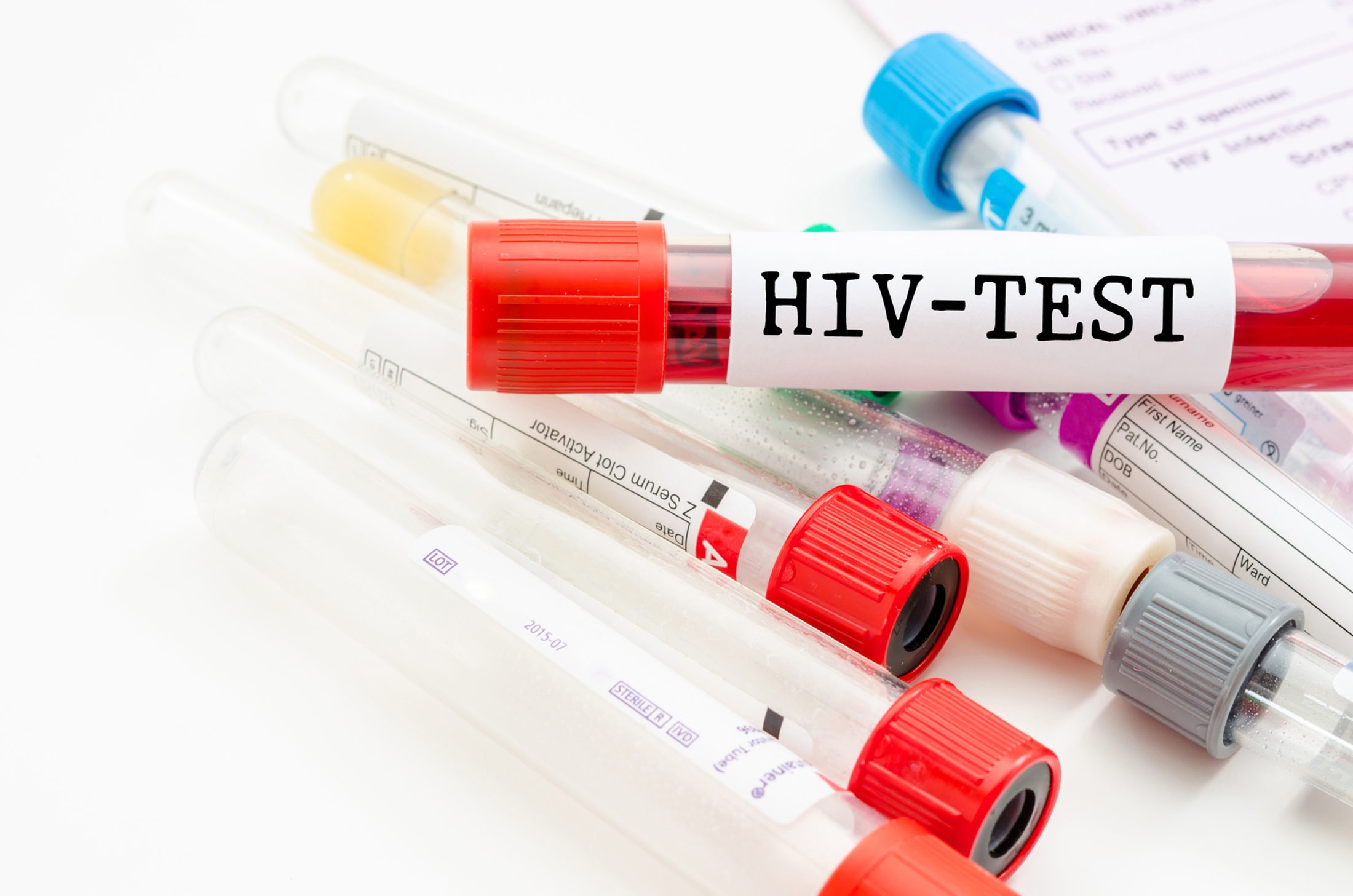Young people may be at risk for HIV infection, but very few get tested, partly because it can be difficult to access testing, researchers say.
Community organizations may be important settings for youth to get tested, according to the authors of a new report. Their study in Baltimore, Maryland, however, showed that most organizations serving youth there do not test for HIV and few can connect youth to places to get tested.
“These settings are often located close to where young people live and thus may be alternate testing locations that are easier to access than traditional clinical settings,” lead author Dr. Arik Marcell told Reuters Health by email.
Marcell added that young men in racial/ethnic minorities may be at great risk for HIV infection.
“However, HIV testing rates are low among this population, in part because of inadequate access to testing, and this results in many young people not knowing their HIV status,” said Marcell, a professor of pediatrics at Johns Hopkins University School of Medicine in Baltimore.
In 2014, more than one in five diagnoses of HIV were among youth aged 13 to 24, according to the US Centers for Disease Control and Prevention.
To determine whether youth organizations in Baltimore provide HIV testing, the study team conducted phone surveys in 2013 and 2014 with 51 heads of youth community organizations.
The organizations were located in areas identified as high risk for HIV and included afterschool programs, community and recreation centers, and religious organizations.
The results showed that a minority - 40% - of organizations serving youth offered HIV testing, and most of them through an external agency.
Among the 60% of organizations not offering testing, the majority (73%) did not offer to connect youth to other settings that could provide testing.
“Knowing one’s HIV /status is powerful, and is the portal to life-saving antiretroviral therapy,” said Ann Kurth, the dean of the Yale School of Nursing in New Haven, Connecticut, who studies youth access to HIV testing.
“Agencies that work with youth have an opportunity to help them navigate the seasons of risk around sexually transmitted infections including HIV, and should make HIV testing available and youth-friendly.”
Kurth said all young people should get tested for HIV at least once, and those at higher risk should get re-tested regularly.


